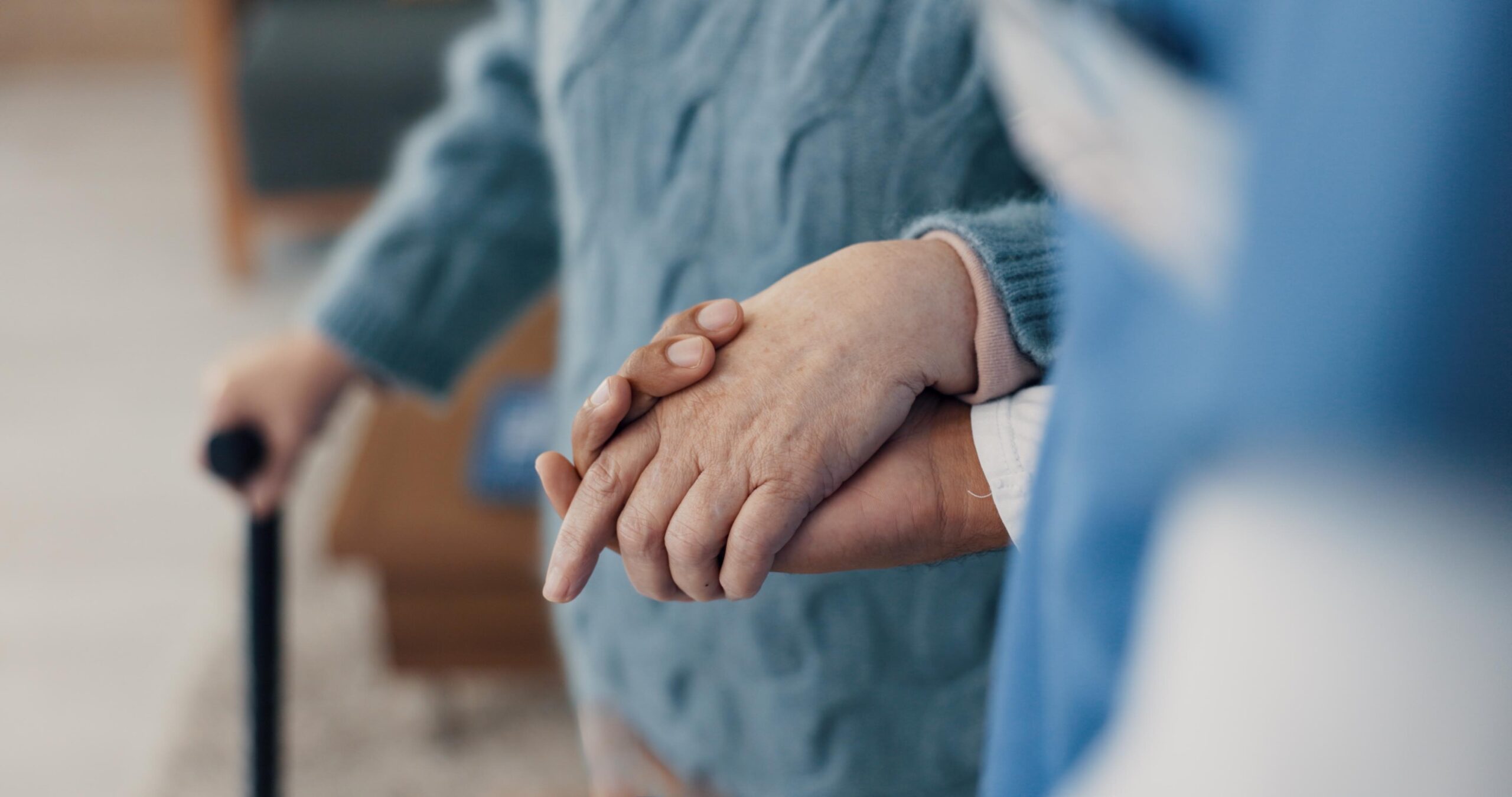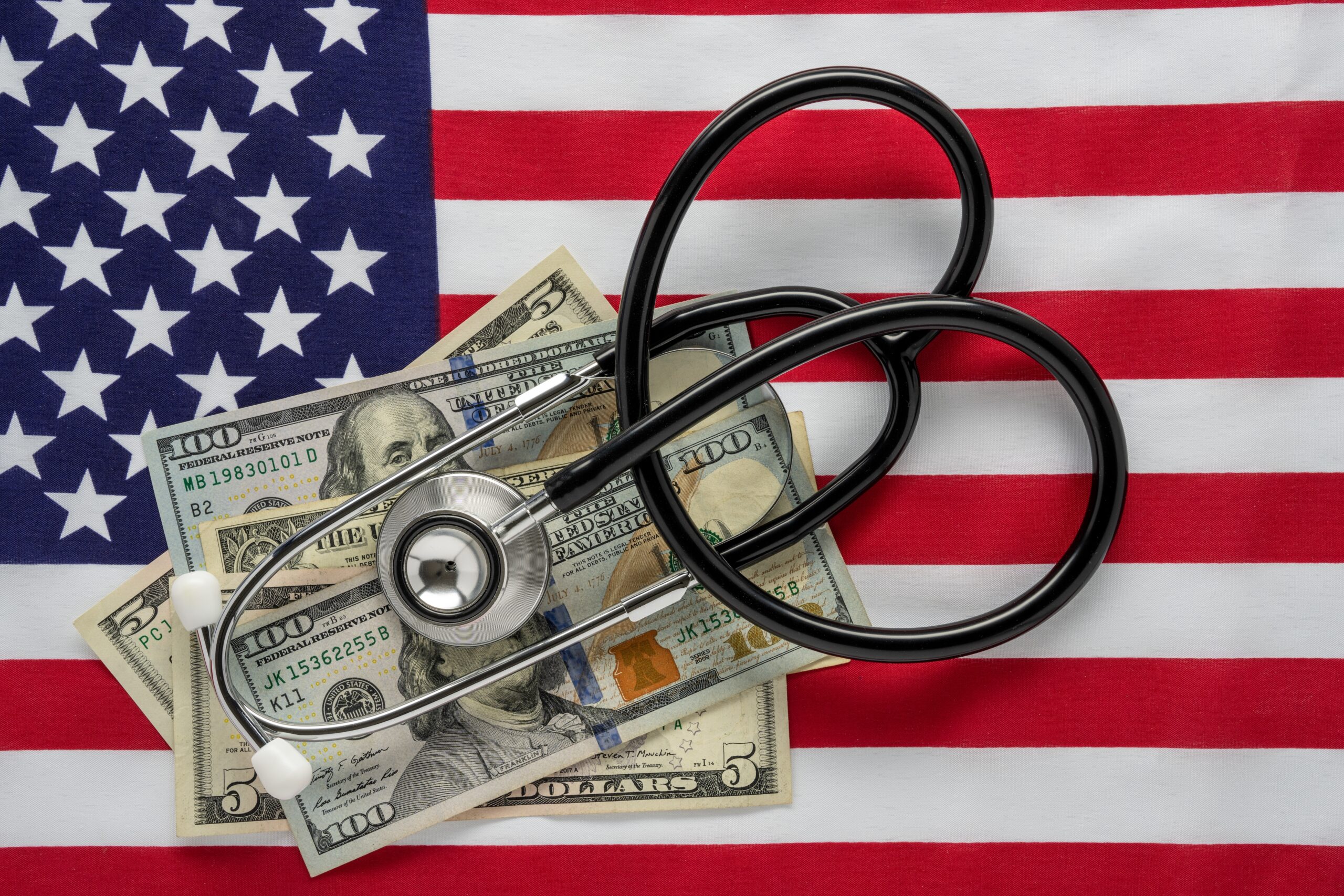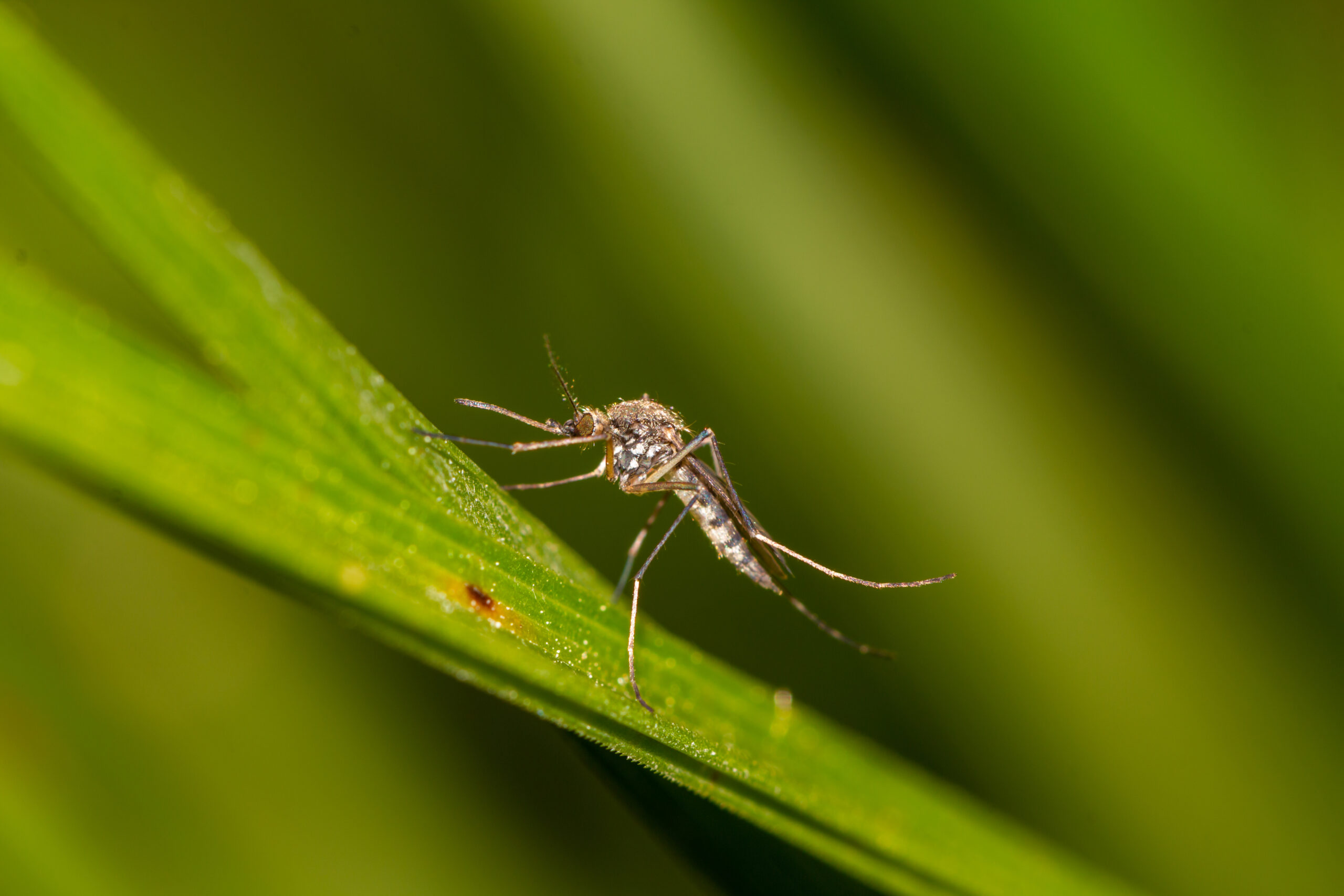Harvard scientists have cracked the code on turning billions of tons of hair waste into valuable materials.
Story Highlights
- Revolutionary salt-based method transforms keratin waste from hair, wool, and feathers into eco-friendly materials without toxic chemicals
- Harvard breakthrough published in Nature Communications could create entirely new American manufacturing sector from previously worthless waste streams
- Technology offers economic independence from foreign plastic suppliers while generating jobs in textile and agricultural regions
- Simple lithium bromide salt process works by restructuring water molecules rather than harsh chemical attacks on proteins
Harvard Unlocks Billion-Dollar Waste Stream
Researchers at Harvard’s John A. Paulson School of Engineering and Applied Sciences have discovered how lithium bromide salt can break down tough keratin proteins by restructuring surrounding water molecules rather than directly attacking the protein itself. This breakthrough, published in Nature Communications on July 26, 2025, represents the first demonstration that protein denaturation can be driven by entropy changes in water. The method offers a completely reversible, non-destructive approach to protein recycling that could transform America’s approach to waste management and materials manufacturing.
Researchers grow vegetables using human hair in keratin-based soil substitute. https://t.co/adVZcdFYJT pic.twitter.com/HAhpJJRLM1
— Interesting Engineering (@IntEngineering) September 15, 2025
American Innovation Tackles Foreign Dependency
The research addresses a critical economic vulnerability where America discards billions of tons of valuable keratin waste from hair salons, textile mills, and meat processing plants while importing expensive synthetic materials from overseas. Traditional recycling methods rely on harsh acids, bases, or reducing agents that create toxic byproducts and damage the environment. Kit Parker, the Tarr Family Professor leading the research, emphasizes how this simple change in understanding opens new paths for sustainability and domestic manufacturing independence.
Watch: 7 INSANE Ways Waste Hair Is Becoming Eco Plastic [Don’t Miss THIS Harvard Trick]
Science Behind the Salt Solution
The Harvard team discovered that lithium bromide works by partitioning water into “normal” and “trapped” populations around keratin molecules, destabilizing the protein’s folded state through entropy-driven mechanisms. Advanced molecular dynamics simulations led by Professor Eugene Shakhnovich validated this water-mediated denaturation process across multiple protein types including fibronectin. This gentle approach preserves the protein’s structural integrity while making it processable for upcycling into high-value biomaterials, offering a stark contrast to destructive conventional methods.
Economic Impact for Conservative Regions
This technology promises significant economic benefits for rural and industrial communities typically overlooked by coastal elites’ green initiatives. Textile-producing states, agricultural regions generating feather waste, and meat-processing communities could transform their waste streams into profitable revenue sources. The process creates new manufacturing jobs while reducing environmental compliance costs and landfill burdens. Unlike typical academic research that remains in ivory towers, this breakthrough offers immediate practical applications that support working-class communities and traditional American industries.
The research received funding from the National Institutes of Health, National Science Foundation, and other federal agencies, demonstrating bipartisan recognition of its strategic importance for American competitiveness. Environmental advocates highlight the potential for massive reductions in chemical waste and pollution, while industry experts see opportunities for entirely new biomaterials sectors that could compete globally while keeping jobs and profits in America.
Sources:
Simplifying Protein Upcycling: A Breakthrough in Sustainable Science
Billion-Ton Waste Problem: Harvard Finds a Way to Recycle Hair Without Harsh Chemicals
Harvard’s Salt Discovery Turns Hair Waste Into Eco-Friendly Materials









